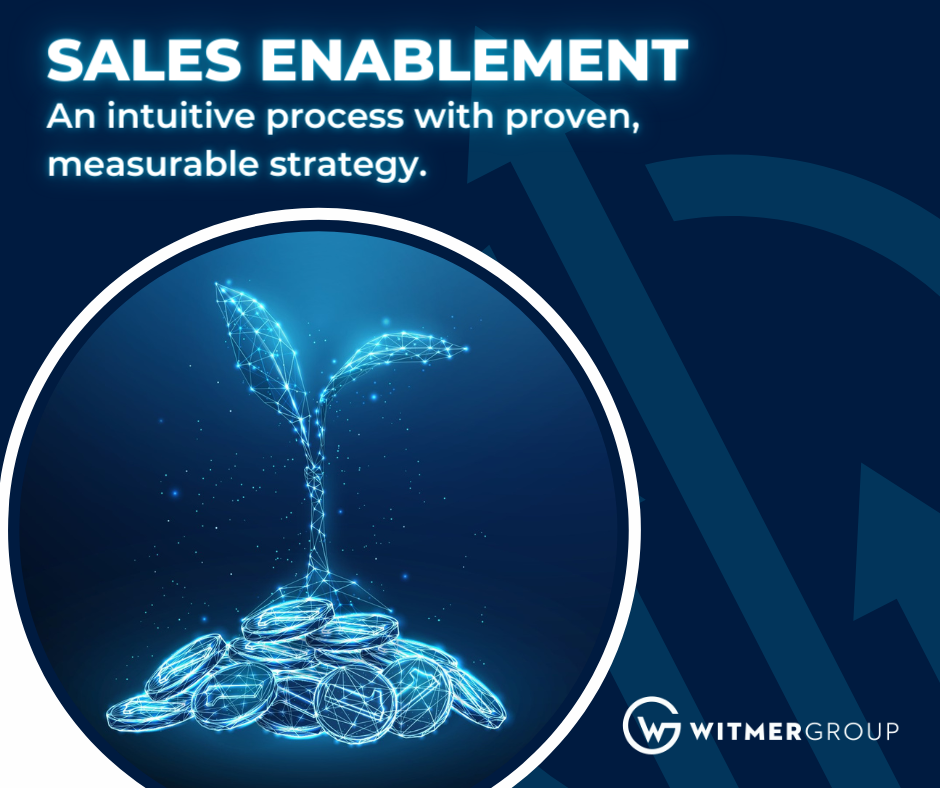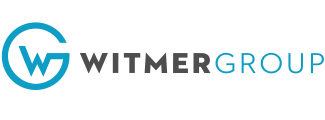
Each step of the sales process is a not-to-missed opportunity to engage and convert, if you have a smart strategy.
The foundation of sales enablement strategy is to provide salespeople with what they need to successfully engage the buyer throughout the buying process and ultimately close more deals. This valuable resource gives your sales team what they need to target and more effectively engage and convert buyers.
It’s crucial that everyone understands the impact that a sales enablement strategy can have on the organization. Sellers must understand why the strategy was created and how they can benefit from it, then they are more likely to engage with the various sales enablement tools.
Strategies for Successful Sales Enablement
Goals and KPIs – The best strategies include sales enablement goals and key performance indicators (KPIs). Timeline to roll out to the team. Review frequency of the organization’s sales enablement material. With these deadlines identified it’s easier to create benchmarks and track the performance of your sales enablement efforts over time. Track KPIs like quota attainment, productivity, and lead quality — these will help set future targets and improve your efforts over time.
Collaboration and Communication – A dedicated sales enablement is highly recommended to build the framework and interact with your marketing and sales teams. Aligning sales and marketing is a proven way to successfully implement sales enablement. The willingness to collaborate must exist along with ongoing communication. Your sales enablement team should encourage collaboration and feedback to keep the process moving forward.
Tools They Need, Want, and Will Use – If the content that supports sales conversations syncs with salespeople’s expectations, they will want to use it. Since data and numbers change and brand guidelines evolve, the use of outdated content must be avoided. Up-to-date collateral must be available to sales and shared with the field. If your sales enablement technology can connect with your learning management system or other training tools, reps can learn on the go, making training more effective.
Accessible Sales Collateral & Technology – Successful sales enablement requires intuitive content that finds reps where they are, not the other way around. Using sales enablement technology that helps align content with sales activities and account lists is a must; especially making content readily accessible, whether mobile, offline, or in-person.
Educate and Train – What good are the best sales enablement and CRM tools if the sales team doesn’t know how—or doesn’t want—to use them? It’s important to demonstrate the value of these tools because if salespeople don’t understand their value, they won’t want to use them. This is why it’s important to onboard new sellers with training that covers your team’s tech stack. Additionally, veteran team members need ongoing training as strategies evolve, processes change, and new information becomes available.
Measure. Analyze. Optimize. – The sales enablement process isn’t a one-off kind of thing. Every sales enablement strategy needs continuous evaluation. This could be done on a monthly or quarterly basis to identify how your strategy is performing against the goals and KPIs you’ve established. Once progress is measured, adjustments can be made to improve performance.
Positive Results – A successful sales enablement strategy improves the entire content process, increases collaboration, enhances alignment, and unlocks insights that lead to smarter business decisions. If creating, implementing, and obtaining the right resources for your company’s sales enablement strategy sounds overwhelming, no worries. Witmer Group offers tools and resources to help your organization create a winning sales enablement strategy.
